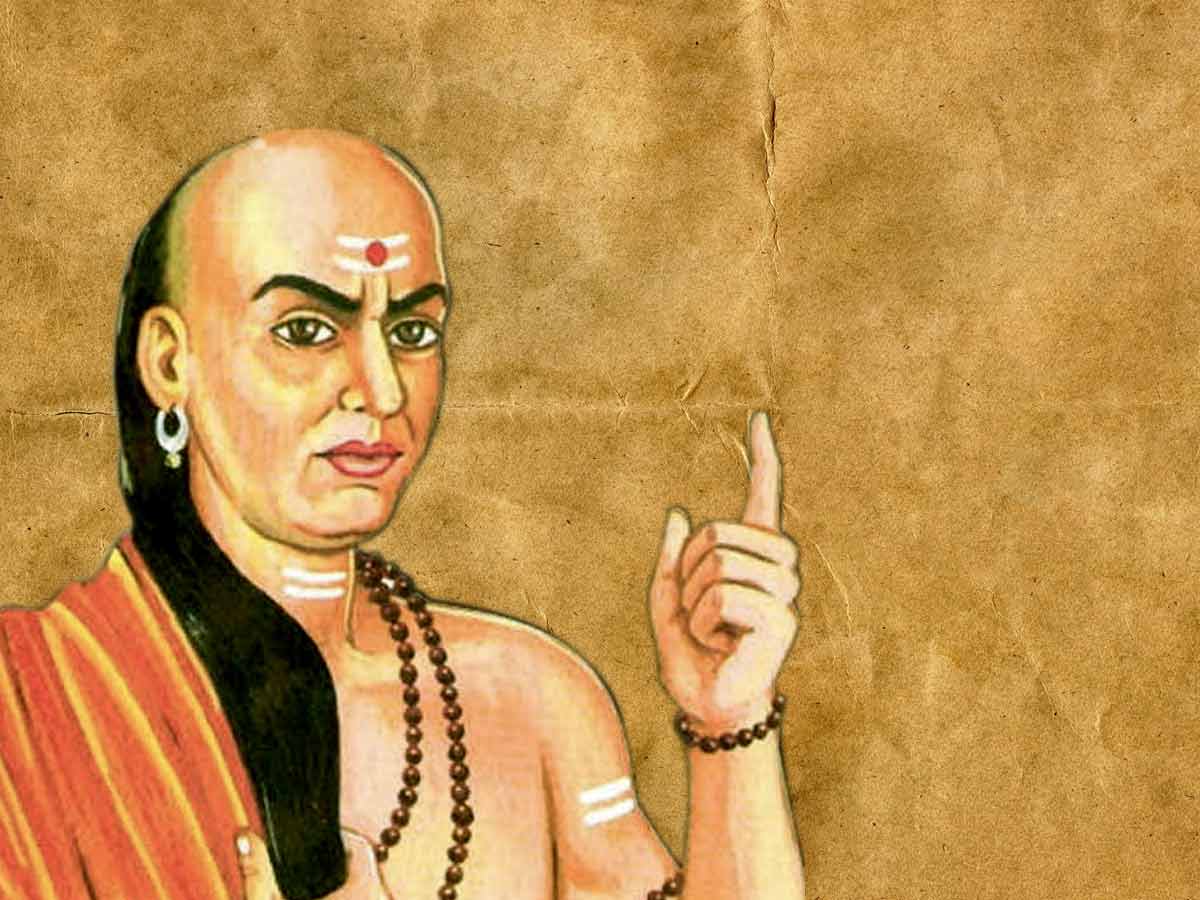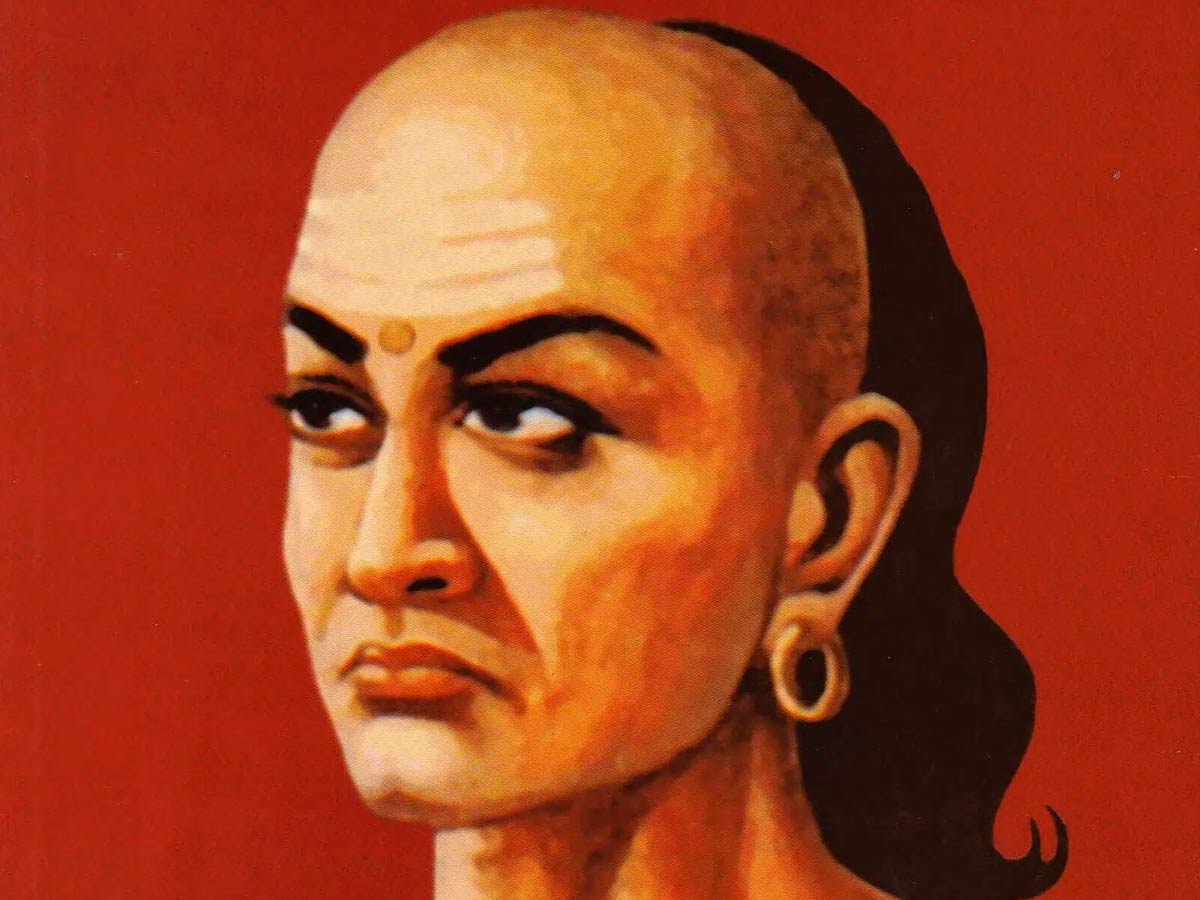Chanakya was a famous and popular ancient philosopher, Teacher, economist, jurist, and royal advisor. He is traditionally remembered as Kautilya or Vishnugupta, who wrote the famous traditional Indian political treatise, the Arthashastra. The text was dating from the fourth century BCE to the third century CE. As a result, he is regarded as a forefather of political science and economics in India. His work is considered to be a significant precursor to classical economics. His works were lost at the end of the Gupta Empire in the sixth century CE and were not found until the early twentieth century.
Chanakya aided Chandragupta, the first Mauryan emperor, in his ascension to power. He is widely credited with playing a vital role in the creation of the Maurya Empire. Both Chandragupta and his son Bindusara appointed Chanakya as their chief advisor.
He was welcomed into a Brahman family and attended Taxila for his studies (now in Pakistan). He is known to have studied medicine and astrology. It is thought that he was acquainted with Greek and Persian learning elements brought into India by Zoroastrians. Some authorities say he was a Zoroastrian or was highly influenced by it.
Chanakya served as a counselor and advisor to Chandragupta (reigned c. 321–c. 297), the founder of the Mauryan empire in northern India, but he lived independently. He played a crucial role in assisting Chandragupta in deposing the powerful Nanda dynasty at Pataliputra in the Magadha region.

Chanakya’s book became Chandragupta’s guide. Each of its 15 parts focuses on a different aspect of governance, which Chanakya summarises as “the science of punishment.” He explicitly advocates developing a sophisticated spy network that penetrates all levels of society and promotes political and covert assassination. The book was discovered in 1905 after being lost for decades.
Many compare Chanakya to the Italian statesman and writer Niccol Machiavelli, while others compare him to Aristotle and Plato. He is alternately criticized and praised for his brutality and trickery and his sound political intelligence and understanding of human nature.
Also Read, Why was India called the Golden Bird?
Here are ten factual circumstances about Chanakya that can help you better understand him:
- Chanakya, who was born in 371 BC, has been variously known as Kautilya or Vishnugupta. According to KC Ojha, Vishnugupta was a redactor of Kautilya’s original work, implying that Kautilya and Vishnugupta are not the same individuals. According to Thomas Burrow, the Boden Professor of Sanskrit at the University of Oxford, Kautilya and Chanakya may not have been the same individual. However, except for one verse, Chanakya’s ‘Arthashastra’ uses his traditional name, Kautilya, throughout.

- Chanakya devoted his life to establishing the Maurya Empire and guiding its founders, Chandragupta Maurya and his son Bindusara. During their reign, he served as the royal counselor, economist, and philosopher.
- When the emperor of the Nanda dynasty, who ruled the Magadha kingdom in India, insulted Chanakya, his ambitions took flight. At the time, Magadha was India’s most powerful kingdom, with the rest of the country divided into separate states. Taking the insult personally, Chanakya joined forces with Chandragupta Maurya, who had been banished from the Nanda family.
- Using his intelligence network, Chanakya assisted Chandragupta in forming a small army and entering Pataliputra, the capital of the Magadha empire, where he ignited a civil war. In 322 BC, Chandragupta seized the throne, bringing an end to the Nanda dynasty and ushering in the reign of his Maurya dynasty. This dynasty would rule until 185 BC.
- The philosopher’s guide to running an empire is Arthashatra, a Sanskrit book that means “The Science of Material Gain.” Although the book had been thought to be lost for decades, a copy written on palm leaves was discovered in 1904 AD.
- He writes extensively about diplomacy and war in this book. His point of view is somewhat realistic and unemotional. He also included suggestions on legislation, jails, taxation, fortification, coinage, manufacturing, commerce, administration, and spies, taking into account the difficulties the rulers faced.
- The Buddhist version, the Jain version, the Kashmiri version, and Vishakhadatta’s Sanskrit Mudrarakshasa version all have different versions of Chanakya’s life. All four versions explain how the Nanda emperor humiliated him and how Chanakya vowed to kill him as a result.
- Sugata Srinivasaraju’s book “Year of the Guru” explains how an anonymous priest donated ancient palm-leaf manuscripts to the Oriental Research Institute in Mysore. These manuscripts were later discovered to be Chanakya’s Arthashastra.
- Aside from that, the scholar has learned various Indian shastras and compiled their numerous lessons into ‘Chanakya Niti’ or ‘Chanakya Niti Shastra.’

- Chanakya expired in Pataliputra in 283 BC. Throughout his life, he served the Maurya emperors and died during the reign of Bindusara, Chandragupta’s son. Some say he starved himself to death, while others believe he died due to court conspiracies.




























